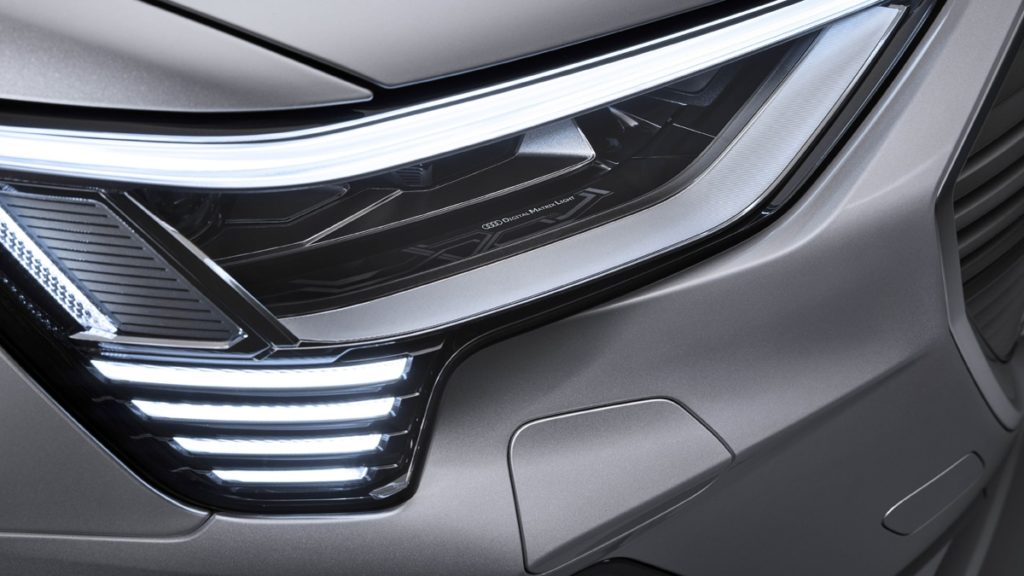
The U.S. Department of Transportation’s National Highway Traffic Safety Administration has issued a final rule that allows automakers to install adaptive driving beam headlights on new vehicles, a decision that should improve safety for not only drivers, but pedestrians and cyclists.
Already a common sight in Europe, adaptive driving beam headlights differ from their traditional counterparts by leveraging LED lamps with beams that can be focused on specific areas of the road, decreasing the likelihood of glare for other drivers. These high-tech lights are also capable of lowering their intensity when there’s oncoming traffic with the help of camera sensors and other electronics.
“NHTSA prioritizes the safety of everyone on our nation’s roads, whether they are inside or outside a vehicle,” said Dr. Steven Cliff, NHTSA’s Deputy Administrator. “New technologies can help advance that mission.”
“NHTSA is issuing this final rule to help improve safety and protect vulnerable road users.”
NHTSA to Allow Adaptive Driving Beam Headlights on New Vehicles, Improving Safety for Drivers, Pedestrians, and Cyclists (NHTSA)
- Adaptive driving beam headlight systems, or ADB, use automatic headlight beam switching technology to shine less light on occupied areas of the road and more light on unoccupied areas.
- This final rule will improve safety for pedestrians and bicyclists by making them more visible at night, and will help prevent crashes by better illuminating animals and objects in and along the road.
- The adaptive beam is particularly useful for distance illumination of pedestrians, animals, and objects without reducing the visibility of drivers in other vehicles.
US approves new headlights on new cars that won’t blind oncoming drivers (KSDK)
- Sam Abuelsamid, principal mobility analyst for Guidehouse Research, said the new lights will show up in higher-cost luxury vehicles at first, but will spread to more mainstram vehicles as the price of the technology falls.
- Currently Audi charges $3,000 for the top version of the lights in the U.S. on its e-tron Sportback electric vehicle. The adaptive beam lights are offered on most Audi models in the U.S., but until now, could not be used.
- The technology uses an array of light emitting diodes that can change where light beams are sent, rather than the current technology of high beams hitting everywhere. […] The new lights also will help partially automated driver assist systems keep cars in their lanes and avoid objects in front of the vehicles at night, Abuelsamid said.
